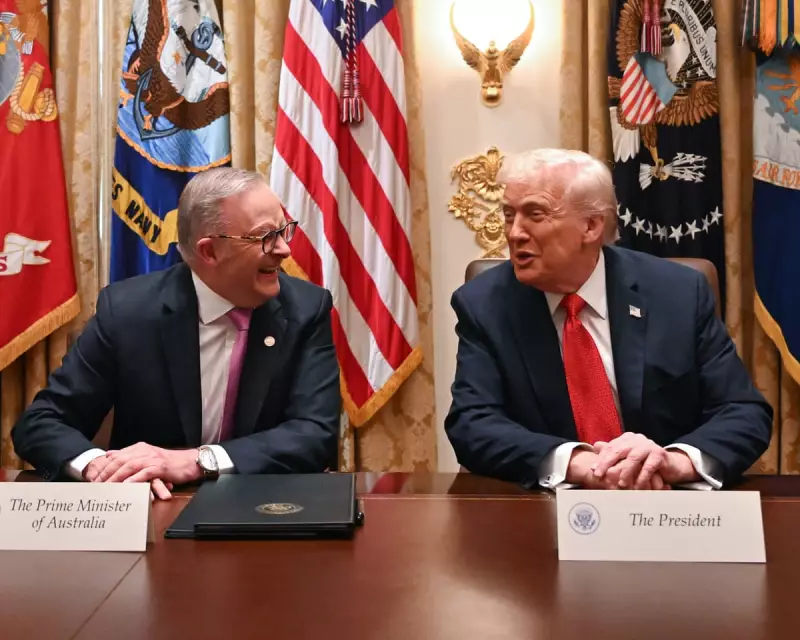
As Australia prepares to sign a landmark critical minerals agreement with the Trump administration, a chorus of economic experts and policy analysts are sounding the alarm. Behind the political fanfare and promises of economic prosperity lies what many fear could become one of the largest taxpayer-funded gambles in recent Australian history.
The Allure of Critical Minerals
Critical minerals represent the building blocks of the modern technological era. From lithium for electric vehicle batteries to rare earth elements powering smartphones and defence systems, these resources have become the new economic frontier. Australia, blessed with abundant reserves, appears positioned to become a global powerhouse in this sector.
However, the proposed deal with the United States under a potential second Trump administration carries significant risks that extend far beyond typical trade agreements. At its core, the arrangement would likely require massive Australian taxpayer subsidies to support mining and processing operations primarily benefiting American corporations.
The Subsidy Trap
Economic analysts point to several concerning aspects of the proposed arrangement:
- Asymmetric benefits: While Australian taxpayers would shoulder substantial financial burdens, the primary beneficiaries would be American manufacturing and defence industries
- Market distortion: Heavy subsidies could create artificial market conditions that become unsustainable without ongoing government support
- Limited value capture: Australia risks becoming a mere resource supplier rather than developing its own high-value processing and manufacturing capabilities
Learning from History
This isn't the first time Australia has faced such crossroads. Historical precedents in resource development show that when national interests become secondary to foreign partnerships, the long-term consequences can be severe.
The deal's structure echoes patterns seen in other resource sectors where initial enthusiasm gave way to buyer's remorse as market conditions shifted and subsidy commitments became permanent features rather than temporary supports.
Strategic Considerations
Beyond pure economics, strategic concerns loom large. Tying Australia's critical minerals future so closely to American interests, particularly under an administration known for its transactional approach to international relations, creates significant geopolitical vulnerabilities.
Experts suggest that a more balanced approach, diversifying partnerships while building domestic processing capacity, would serve Australia's long-term interests more effectively than what some are calling a "subsidy-first" strategy.
The Path Forward
Rather than rushing into an agreement driven by political timelines, analysts recommend:
- Comprehensive cost-benefit analysis: Transparent assessment of long-term taxpayer exposure
- Strengthening domestic capabilities: Investing in Australian processing and manufacturing
- Diversified partnerships: Engaging multiple international partners to avoid over-dependence
- Robust parliamentary scrutiny: Ensuring proper oversight before committing taxpayer funds
As the debate continues, one thing remains clear: the stakes for Australian taxpayers have never been higher in the realm of resource diplomacy. The critical minerals opportunity is real, but so are the risks of getting the policy response wrong.




